Electric Acoustic Stimulation
If you have trouble hearing high-pitched sounds, discover how an Electric Acoustic Stimulation (EAS) system could give you the joys of sound.
What is EAS?
Are certain sounds easier to hear than others? Do people always sound as if they're mumbling? Do you feel that your hearing aids are just not good enough?
If this sounds familiar, you may be missing out on hearing high-pitched sounds. When you cannot hear high-pitched sounds, you have a type of hearing loss known as high-frequency hearing loss. This type of hearing loss is common in both children and adults.
EAS is the combination of two technologies: cochlear implant technology for high-pitched sounds and hearing aid technology for low-pitched sounds. By using two different technologies in one device, you can hear the full range of sounds, making it much easier to chat with friends, enjoy music, and communicate in everyday life.

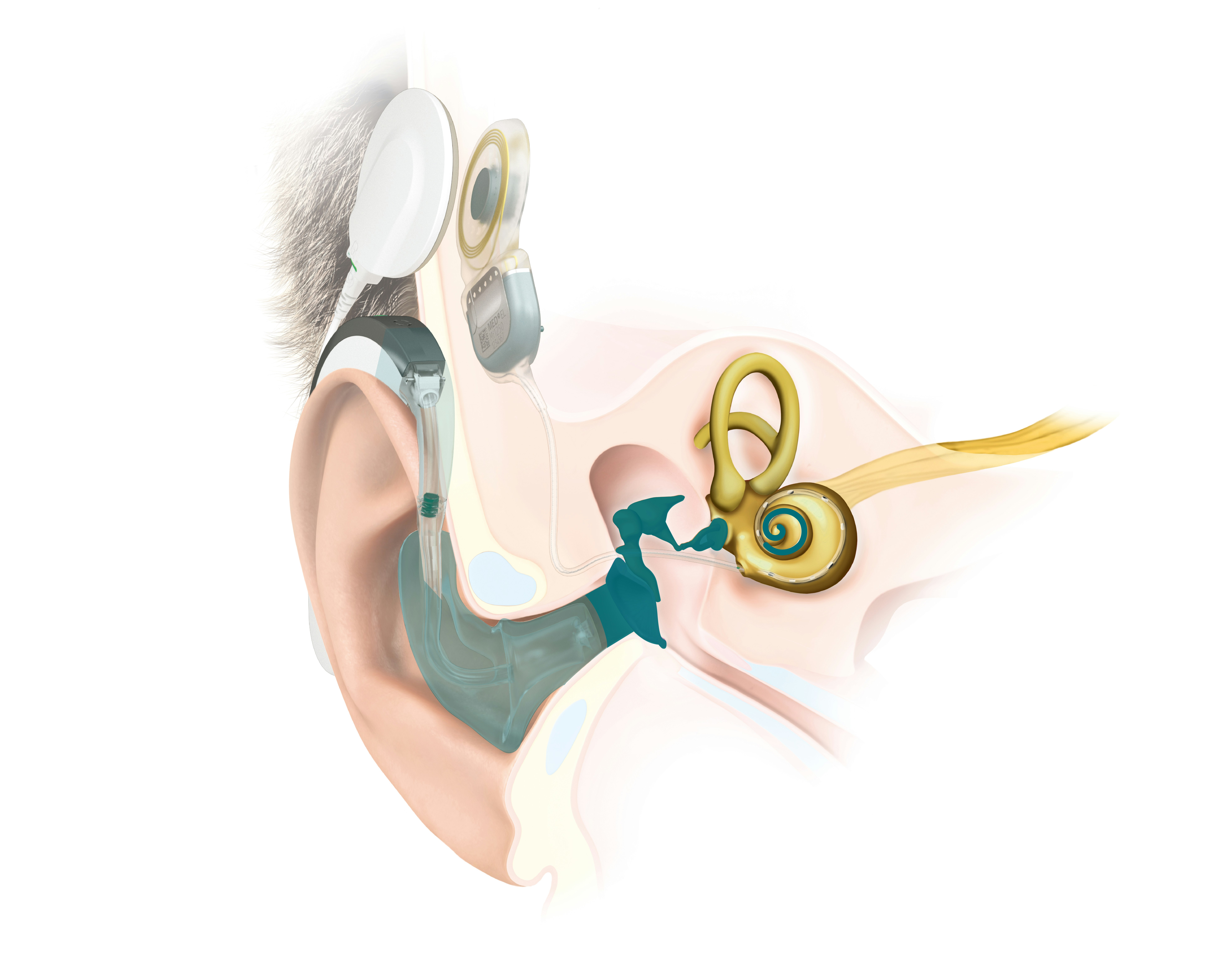 1 2 3
1 2 3 Low-Pitched Sounds—Hearing Aid Technology
- Sounds are detected by the microphones of the audio processor.
- Low-pitched sounds are made louder and sent through the earmold to the ear.
- These sounds are processed by the cochlea and sent to the brain.
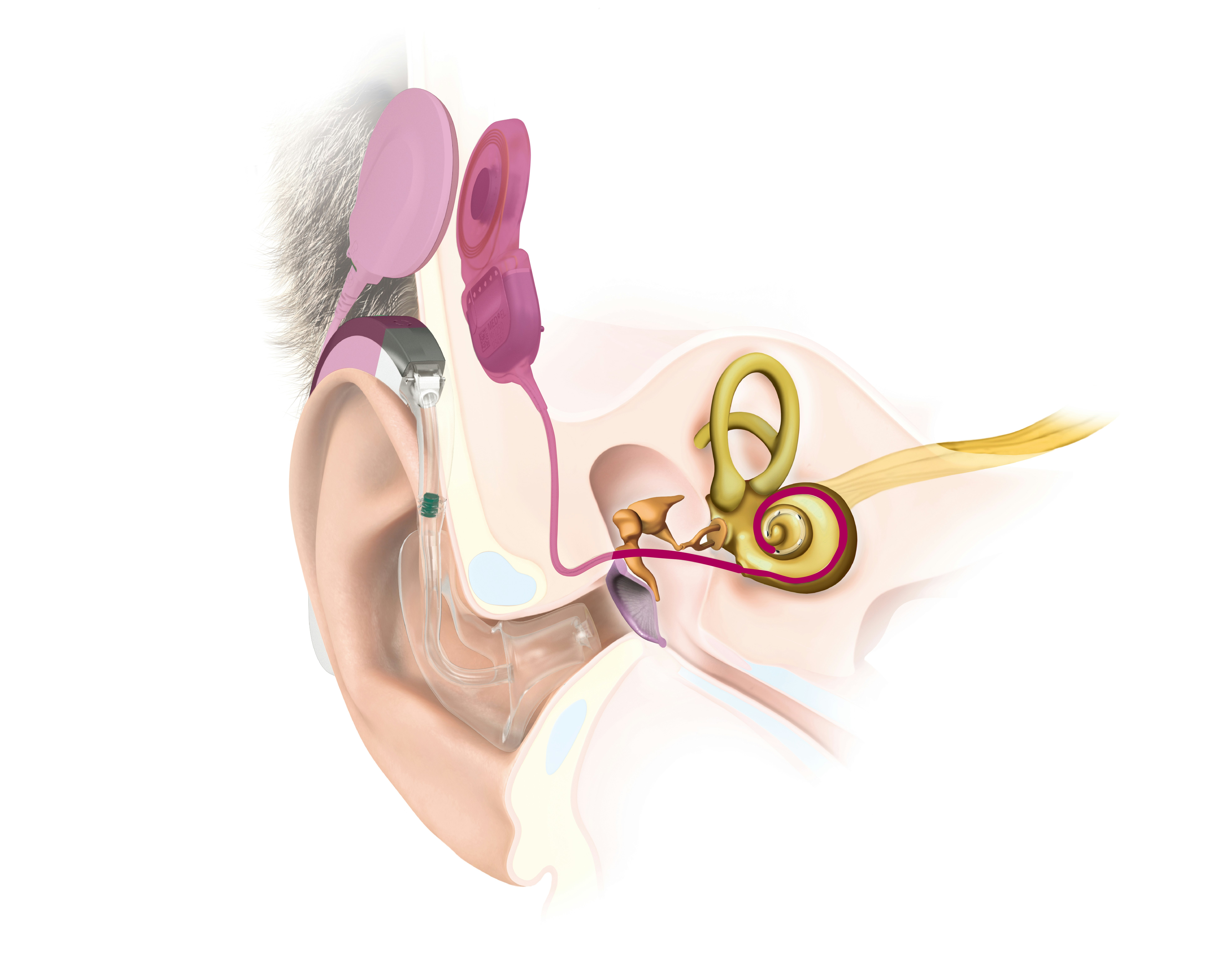 1 2 3
1 2 3 High-Pitched Sounds—Cochlear Implant Technology
- Sounds are detected by the microphones of the audio processor.
- High-pitched sounds are sent to the implant as electrical signals.
- These sounds are processed by the cochlea and sent to the brain.

More Than Just Hearing
EAS is proven to give you better hearing. And better hearing has many more benefits for your lifestyle, including:
- Easier to socialize with friends
- Improved relationship with family members
- Better hearing in noisy settings, like restaurants
- Easier listening on the phone
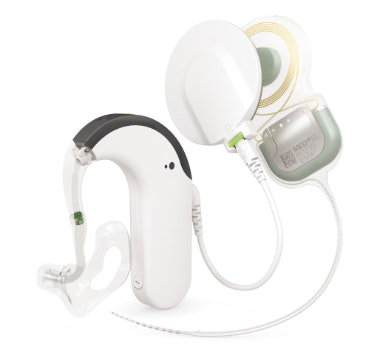

The Perfect Match
Your EAS system consists of two parts: the implant and the audio processor. The audio processor is worn on the outside of your head, sitting comfortably on your ear. It contains the microphones that pick up the sounds around you and then sends these sounds to your implant and the earmold in your ear. You’ll wear your audio processor all day every day, except when you’re asleep.
The implant is surgically placed just under your skin, and works with your audio processor to let you hear sounds as naturally as possible. This part of the system will be with you for many years to come, so you should keep the future in mind when choosing your implant.

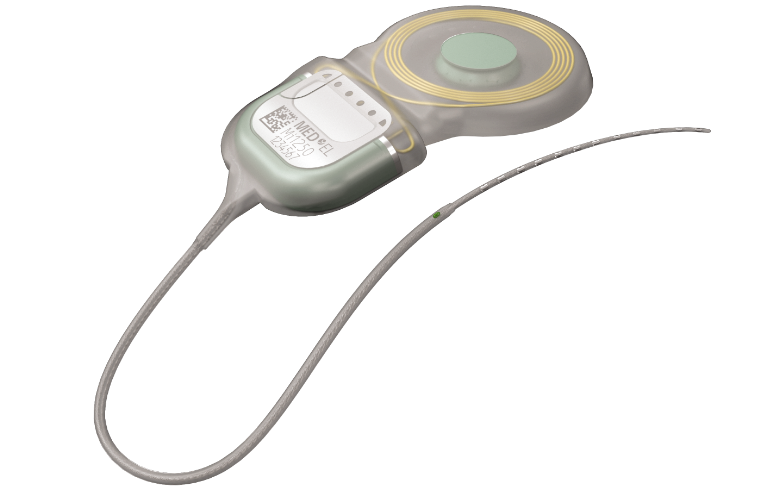
SYNCHRONY 2 Cochlear Implant
Great sound quality is only possible with a great implant. With SYNCHRONY 2 you can benefit from the latest cochlear implant technology and our MRI Guarantee.
But the biggest advantage of SYNCHRONY 2 is that it mimics natural hearing. The result? The closest to natural hearing of any cochlear implant system.
Discover More

Built For Everyday
Light and comfortable to wear, SONNET 2 EAS is your ideal audio processor. Its water-resistant design makes it practical for every day, and there are plenty of ways to make SONNET 2 match your personal style.
What’s more, with dual microphone technology, SONNET 2 EAS gives you your best hearing wherever you are.
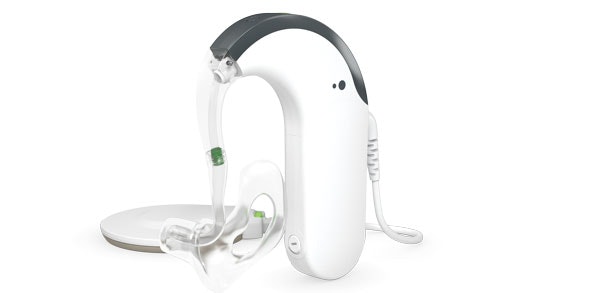

“I cannot begin to imagine my life without EAS.”

How Electric Acoustic Stimulation Changed My Life
The Next Steps
What can you expect next? Here’s an outline of the process of receiving a cochlear implant.
1
Assessment
2
Implantation
The surgical procedure is straightforward and usually lasts between 1–2 hours under general anesthesia. Recipients are usually back on their feet the next day. Your hospital stay may last one or more days, depending on your individual needs and what’s typical in your area.
3
Activation
As soon as the surgical area has healed, you’ll have your first fitting. This “activation day” is when your audiologist will turn on your audio processor for the first time and you’ll hear your first new sounds. The audio settings of your processor will be adjusted to fit your hearing preferences.
4
Rehabilitation
After activation, it’s important to follow up with a rehabilitation program so that you can adapt to hearing with your EAS system. Rehabilitation is essential to make the most of your implant. It can be done together with speech-language professionals and at-home listening exercises.
Get in Touch
Would you like more information on our hearing loss solutions? Just fill out our simple contact form and we’ll get back to you.



